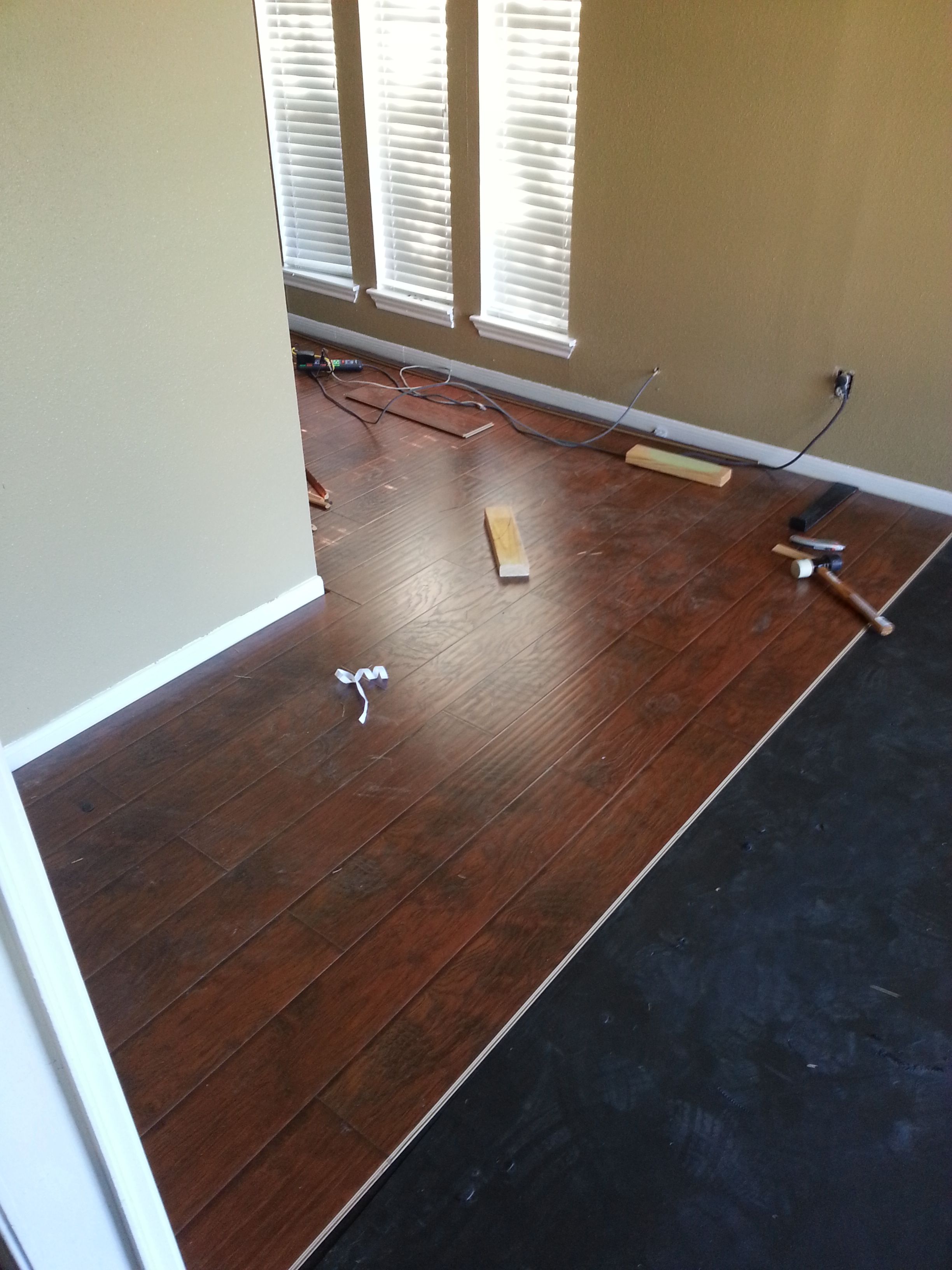Insulation Between Floors In Flats

The result is noise transmission between walls and often floors.
Insulation between floors in flats. This makes soundproofing a flat a far easier job to undertake. Commonly in this scenario the floors are standard timber joists with floor boards laid on top no insulation between joists and a standard 12 5mm plasterboard on the ceiling below. But more importantly spray foam insulation will provide great thermal efficiency. That means cold air entering the property and bypassing your wall or loft insulation in these cases it is really worth considering insulation which will allow the air to circulate but prevent it from getting into the living area.
Sound insulation between two levels. Children shouting loud music or even a noisy washing machine can create disturbances to the rest of the household. Acoustic insulation in the mid floor. The soft material will help to absorb sound travelling through the floor.
How to combat the problem. We mentioned earlier that one of the reasons you need to insulate between floors is make them more soundproof. Reduce unwanted airborne and impact noise between floors by improving the sound insulation between floors whilst highlighting the best soundproofing materials for soundproofing timber or concrete floors. Hard floor coverings without an isolation material between them and floor boards.
Putting insulation between the ground and first floor should in theory stop sound vibration and heat from moving between levels in your property. To achieve real soundproofing between two rooms the walls need to be mass loaded and isolated from one another. How to soundproof floors from noisy neighbours with the soundproofing store s range of floor soundproofing products. The underside of the rafters in this case will need to be finished with a suitable vapour control layer vcl and plasterboard to provide a suitable internal finish to the roof.
Acoustic insulation is very effective at reducing airborne noise. Unfortunately stud partition walls usually only include a small amount of thermal insulation and isolation or decoupling is certainly not taken into consideration. Alternatively battens can be secured to the underside of the joists and gmw fitted between these in much the same way as between the main roof joists. The main reason to insulate between floors is to reduce the noise transfer between floors.
Some older properties have airbricks between floors to help the floorboards breathe. If your second floor is above a cold and unheated area like the garage for example spray foam will take care of those cold floors that are. This will also increase thermal insulation for the room above and below making them more comfortable to be in and quieter too.
















































